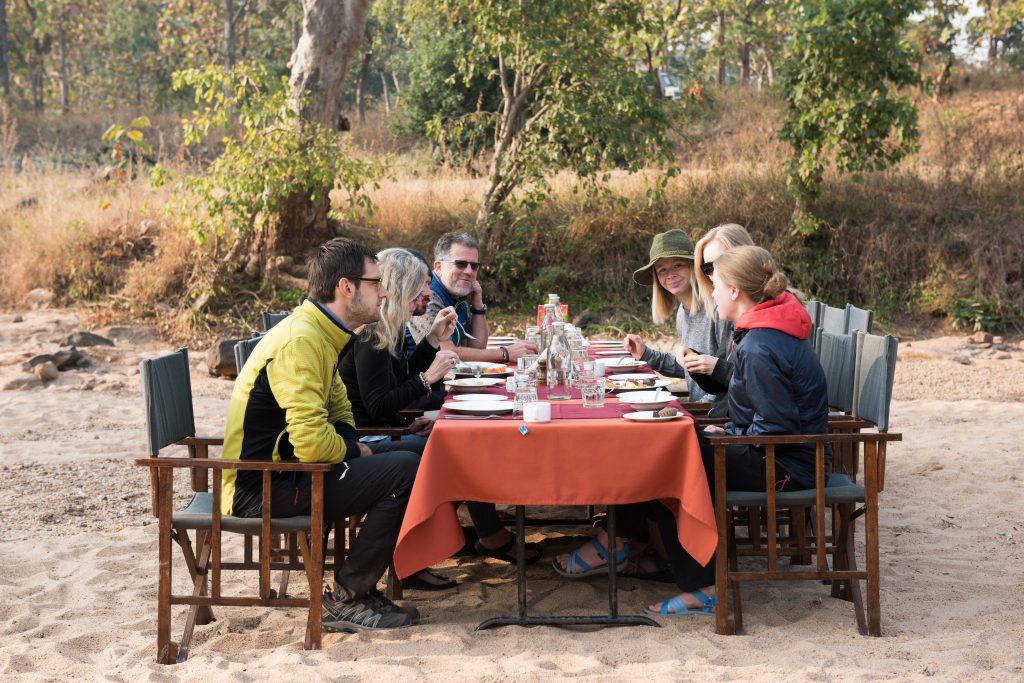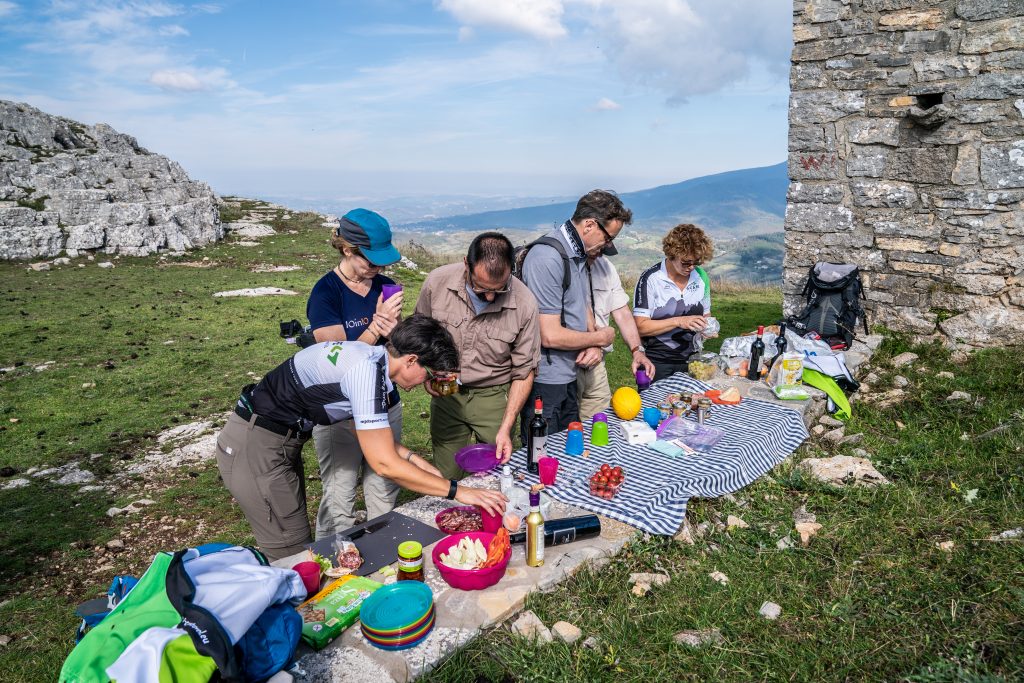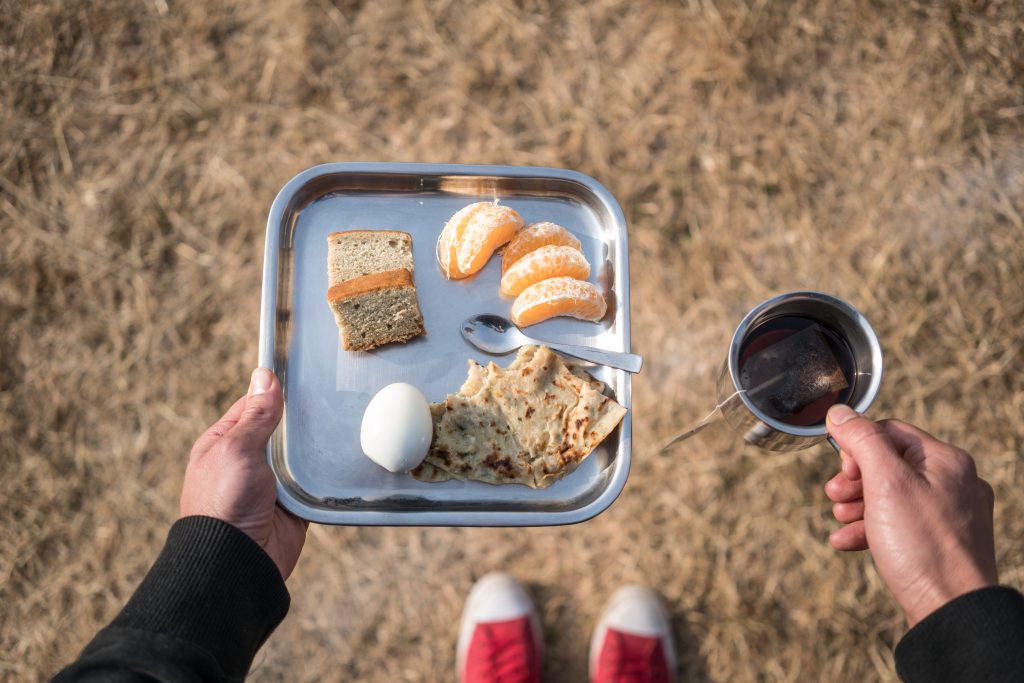Blame it on celebrity chefs’ reality television shows, cooking competitions, or those mouth-watering photographs of food and beverages on Instagram — they’ve all had an impact on the growing public interest in gastronomy. If you’ve ever sought out tapas in Seville, Spain, or hunted down the best barbecue in Texas, you have participated in food tourism, and you certainly aren’t alone.
According to GlobalData, 27.6 percent of consumers globally said a destination’s popularity related to food and drinks plays a role in helping them decide where to travel. Further, the World Food Travel Association’s 2016 Food Travel Monitor indicated 59 percent of survey respondents believe food and beverage is more important now when they travel than it was five years ago. From fine dining and street food to cooking lessons and family meals during community-based experiences, food is, unarguably an important part of travel.

But as food tourism increases in popularity, so do the challenges related to food waste. Stop chewing for just a moment and consider these jaw-dropping statistics: Approximately 821 million people globally go to bed hungry each night, and one in three suffer from some form of malnutrition (World Food Programme). Additionally, roughly one-third of all food produced in the world is wasted (Food and Agriculture Organization of the United Nations [FAO] ). And, as if food waste at the surface level isn’t an alarming concern, consider the fact that food waste is the third largest contributor to climate change (FAO).
The adventure travel industry has increasingly set its sights on combating climate change, and reducing food waste is one way to make a big difference. Those working in this space have a huge opportunity to minimize food waste on every single trip and within the workplace while communicating the importance of doing so with clients. By adopting strategies to fight food waste, companies not only save financial resources but commit to preserving those very places people visit for adventurous experiences.
Develop a food waste policy or build food waste into an existing sustainability goal.
Food waste management begins with company-wide awareness, buy-in, and training. Though food waste on trips is a concern, the company’s office staff should also be involved in waste reduction. Consider electing a food waste reduction representative in the organization — perhaps a member of the environmental committee — who keeps everyone updated on food waste goals, accomplishments, and opportunities.

Track food waste.
The four key types of food waste are: spoilage of raw materials, preparation waste, overproduced food, and plate scrapings. Figure out where most wastage is occuring, and look for trends such as the meals and food types creating the most waste. Make adjustments to cooking schedules, food purchases, and meal planning to curb waste. Work with suppliers and producers that are also invested in this goal.
According to the FAO, in developing nations, food waste generally occurs at early stages of the food value chain due to financial, managerial, and technical constraints during harvesting as well as storage and cooling facilities. In industrialized nations, food waste often occurs in later stages of the supply chain and consumer behavior plays a large role. Calculating the cost of food waste is a huge incentive to make radical changes.
Communicate food waste goals with clients.
Just as tour operators are increasingly discussing plastics usage with clients, they should also talk about the environmental consequences of food waste. Some might take personal initiative to curb any leftovers when they eat, but keeping the conversation top of mind may encourage others to be more mindful and take smaller, more realistic portion sizes during meals.
Adopt smart menu planning strategies.
Create menus designed for seasonality and demand that source local ingredients where possible. Use trimmings in creative ways such as making vegetable stock, small bites, or garnishes, and reinvent uneaten food from the previous meal into something new for the next one. Creative service and presentation can also minimize food waste, such as using different plate sizes for different dishes or meals.

Be realistic about portion size.
Instead of using buffet-style dining or heaping clients’ plates at mealtime, opt for small serving sizes. “Our meals are mostly served as individual-plated portions in camp, and those portions are not too big, with the idea if someone wants more, they can ask for more rather than piling everyone’s plates high and having it go to waste,” said Mark Smith of Amazonas Explorer. “By serving small portions, with options for seconds, the spare food remains untouched in the pot and so is able to be served to someone else, such as the porters or locals.”
Rescue, reuse, and redistribute excess food.
Even meticulous tracking and measurements can result in unwanted leftovers. If local laws allow, consider partnering with local organizations, community gardens, or farms that can use the extras. “We have a local person who comes to take the wasted food for rearing his pigs,” said Greg Bakunzi, owner of Red Rocks Rwanda. This partnership also allows for better planning. “By giving him the wasted food, we track and see how much has been wasted and evaluate reasons as to why it happened to avoid the same from happening again,” he said.
